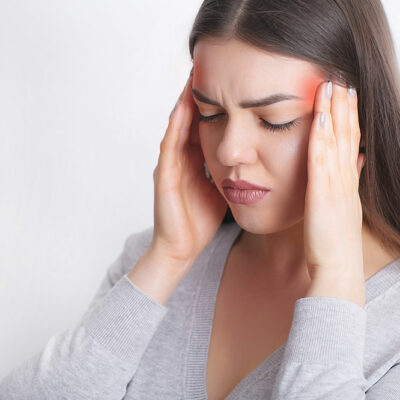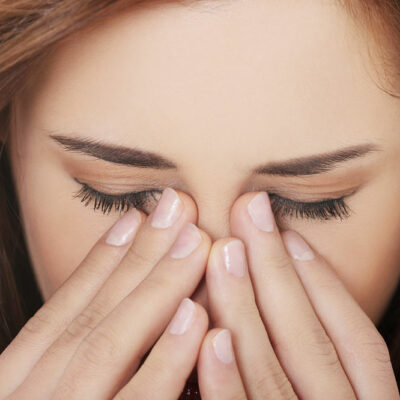
health
16 habits to break to avoid joint pain
Joint pain is one of the biggest signs of arthritis. It is usually experienced as discomfort in the hands, wrists, feet, and back. What people don’t know is that many of our day-to-day activities and habits actually contribute to joint pain and conditions such as arthritis. However, the good news is that these habits can be addressed and remedied. Read on to find out about these habits and how they could be damaging your joints. Wearing heels Higher heels cause more weight to be pushed forward. This forces your leg muscles to work harder and puts pressure on your knees and ankles, increasing the risk of arthritis. Wearing ill-fitting shoes Wearing ill-fitted shoes can affect your knees, hips, ankles, and even your back. Skipping out on strength training Strength training improves muscle and slows down the bone loss that occurs with age. Maintaining a poor form Bad form while exercising overworks the muscles and puts pressure on joints. Poor texting habits It’s common to use your thumbs while texting, but this can irritate the tendons. People face something known as a “texting thumb,” where the thumb gets locked in a curled position. Spending too much time with a screen Too much time on your computer screen can lead to pain in your neck, wrists, elbows, shoulders, and back.




















